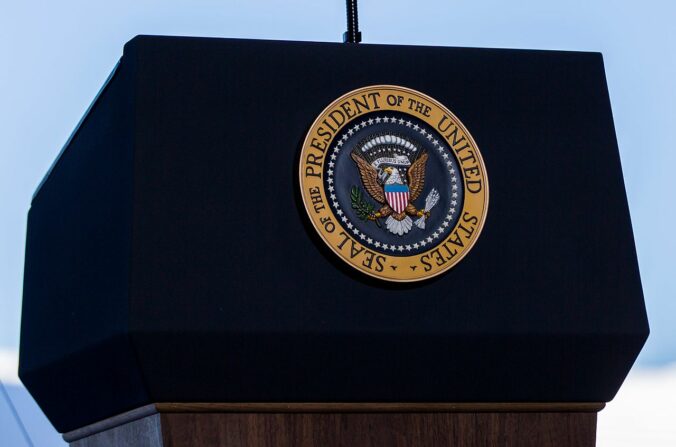Here are three things that must happen first before a President-Elect becomes President of the United States.
1. States must provide an official vote count
- The news networks, newspapers and online media companies declare the winning candidate the president of the United States.
- Despite this announcement, each state may have its own laws with respect to recounts or election challenges.
- Under federal law, each state must provide an official vote count.
- Based on this official vote count, states will appoint electors who will vote for the president.
- The deadline to appoint electors is December 8, 2020.
2. Electors vote for president
- Although voters effectively “vote” for president, they specifically vote for a group of electors, which comprise the Electoral College.
- There are 538 electors, which is equal to 100 U.S. Senators, 435 members of the House of Representatives and three electors from Washington, D.C.
- Typically, electors vote for the candidate who won the popular vote in their respective state. Washington, D.C. and 33 states require the elector to vote for the candidate who won the popular vote in that state (or in Washington’s case, district).
- Hypothetically, although rare, electors could vote for another candidate or not vote at all.
- On December 14, 2020, electors vote by paper ballot in their respective state.
3. Congress counts the electoral votes
- The paper ballots from electors are delivered to Congress by December 23, 2020.
- On January 6, 2021, the U.S. Senate and House of Representatives hold a joint session of Congress to count the electoral votes.
- To become the next president, you’ll need 270 electoral votes.
- Traditionally, the President of the U.S. Senate (who is also the U.S. vice president), announces the winner based on a final count of the electoral votes.
